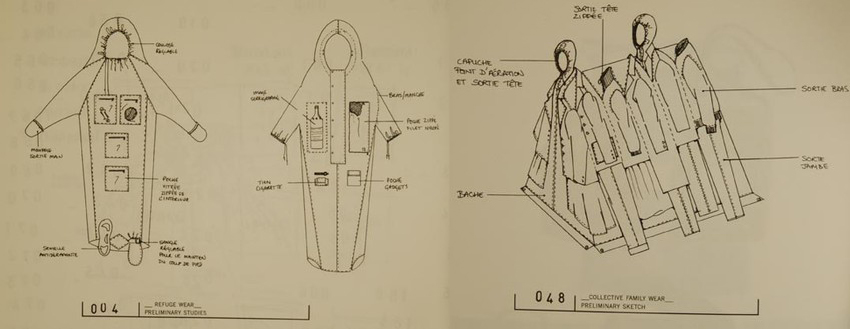 The greatest challenge that we as architects will face throughout our professional practice shall be to persuade our clients, and sometimes, even ourselves that the easiest solution is not always the right one, to think on the architecture far beyond of the simple design of that beautiful isolated inert object, and start thinking of it as the development of components implicit in a much larger structure, that we could call reality; and a very complex reality, with multiple layers and connections.
The greatest challenge that we as architects will face throughout our professional practice shall be to persuade our clients, and sometimes, even ourselves that the easiest solution is not always the right one, to think on the architecture far beyond of the simple design of that beautiful isolated inert object, and start thinking of it as the development of components implicit in a much larger structure, that we could call reality; and a very complex reality, with multiple layers and connections.
We could even come to think that maybe the direct effect of this component in the whole is not very significant, but we must always keep in mind that regardless of the scale, this component could eventually redefine its context, and always represent an opportunity to generate an example, a prototype of a next step in the evolution of our field, step that we will define and from which will be responsible.
How do animals perceive their material environments? This question is intimately related to another one: what opportunities for action are supplied to an animal by its environment? (DeLanda, Manuel. March 2007).
Image: kurtfrench.tumblr.com

